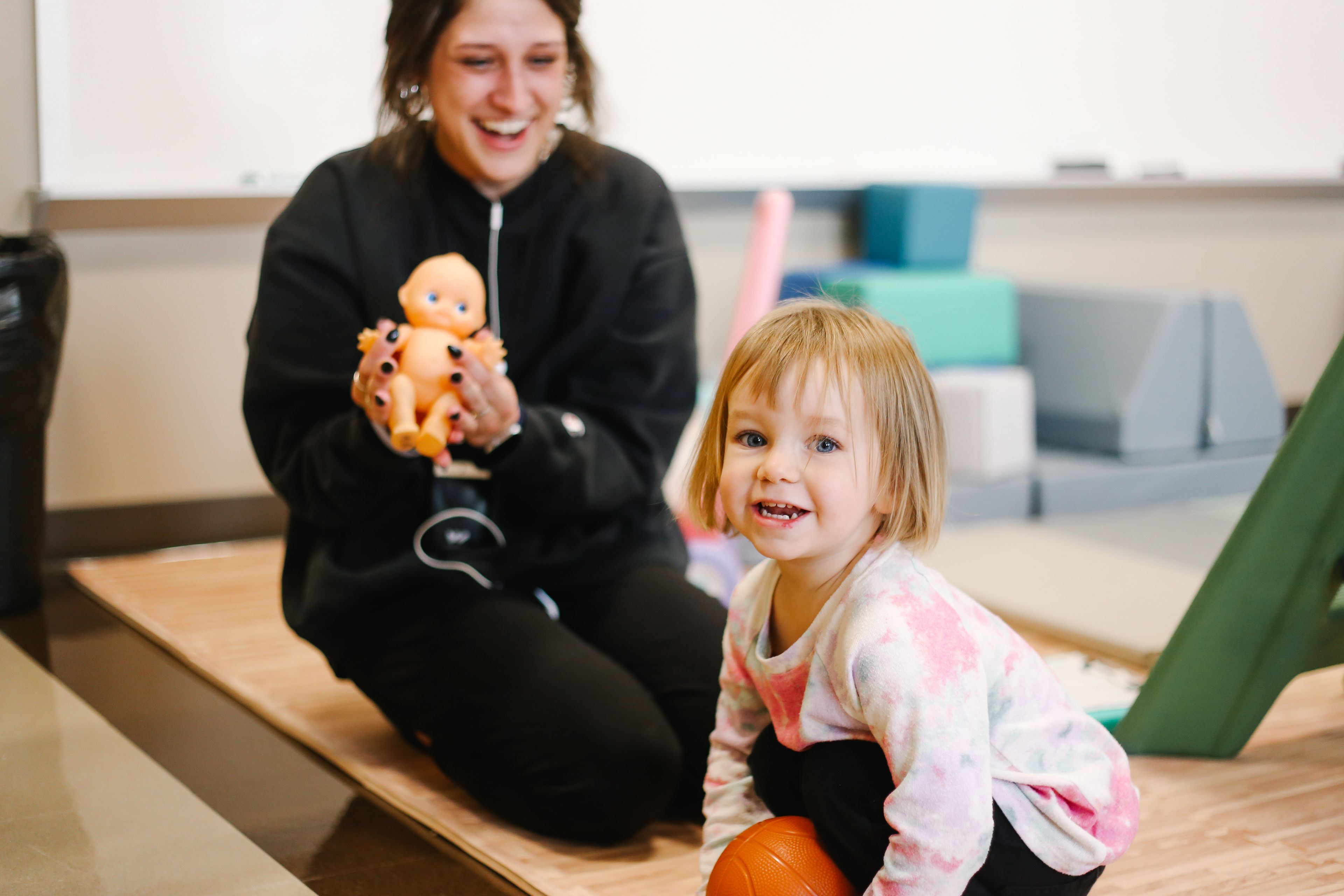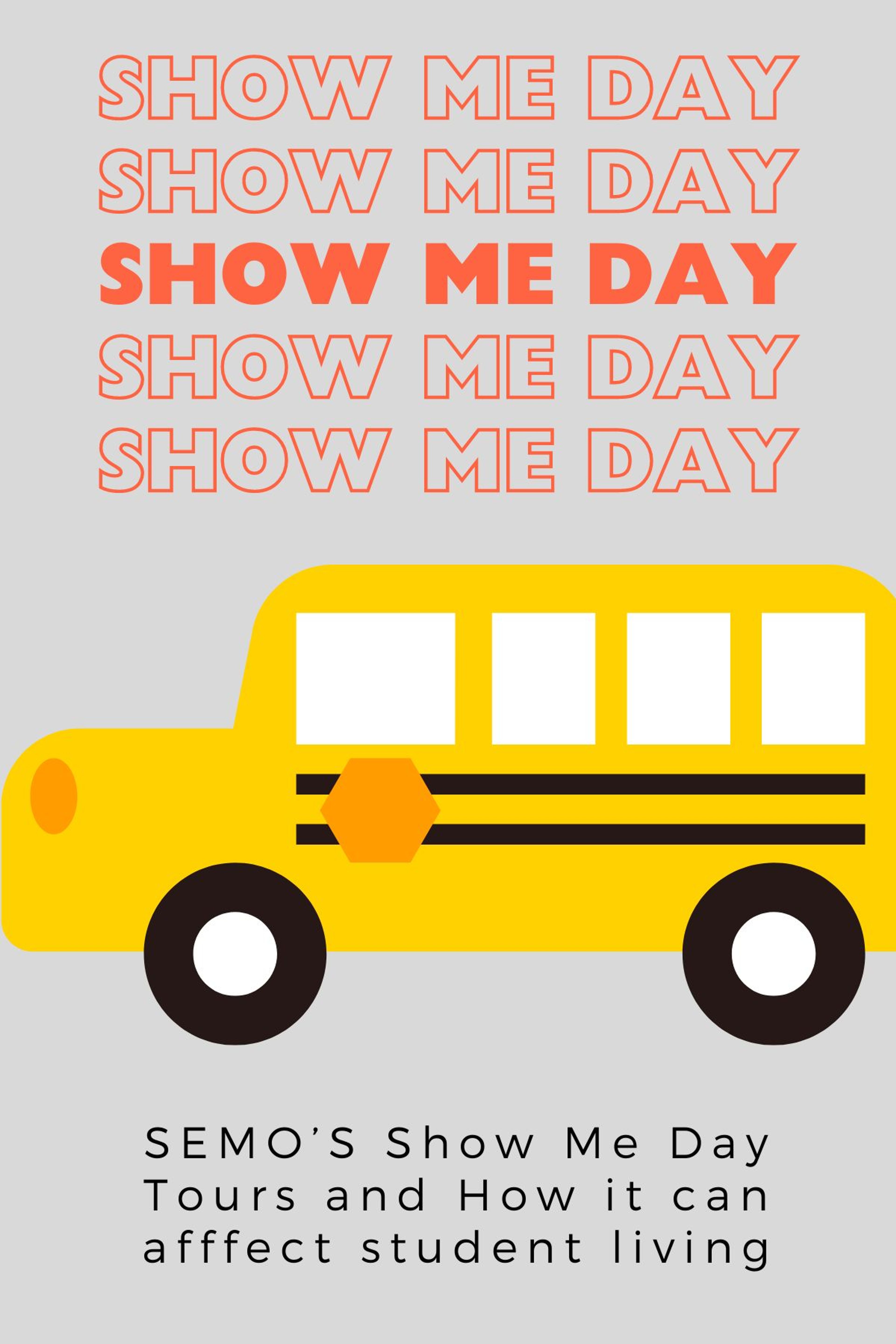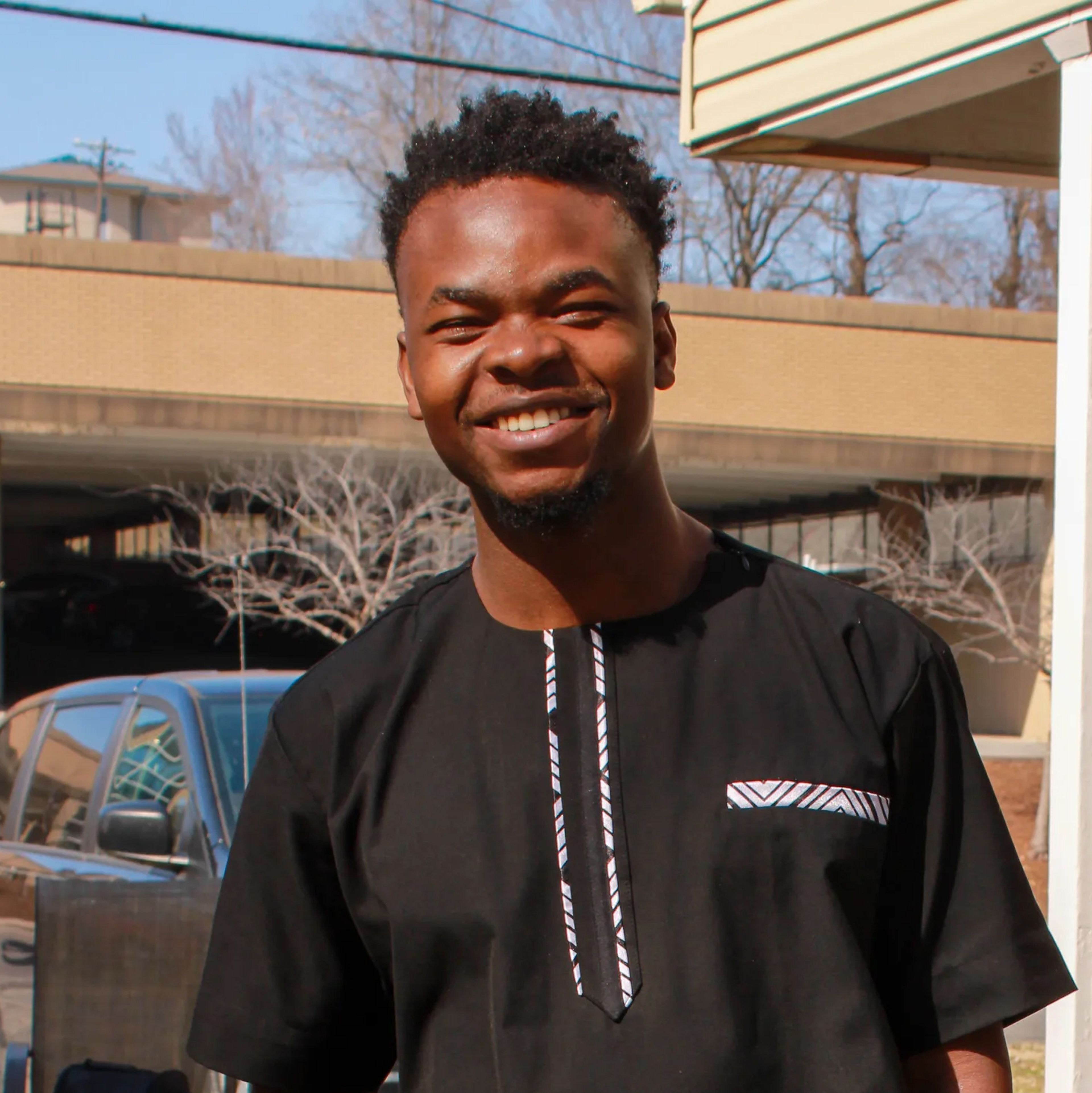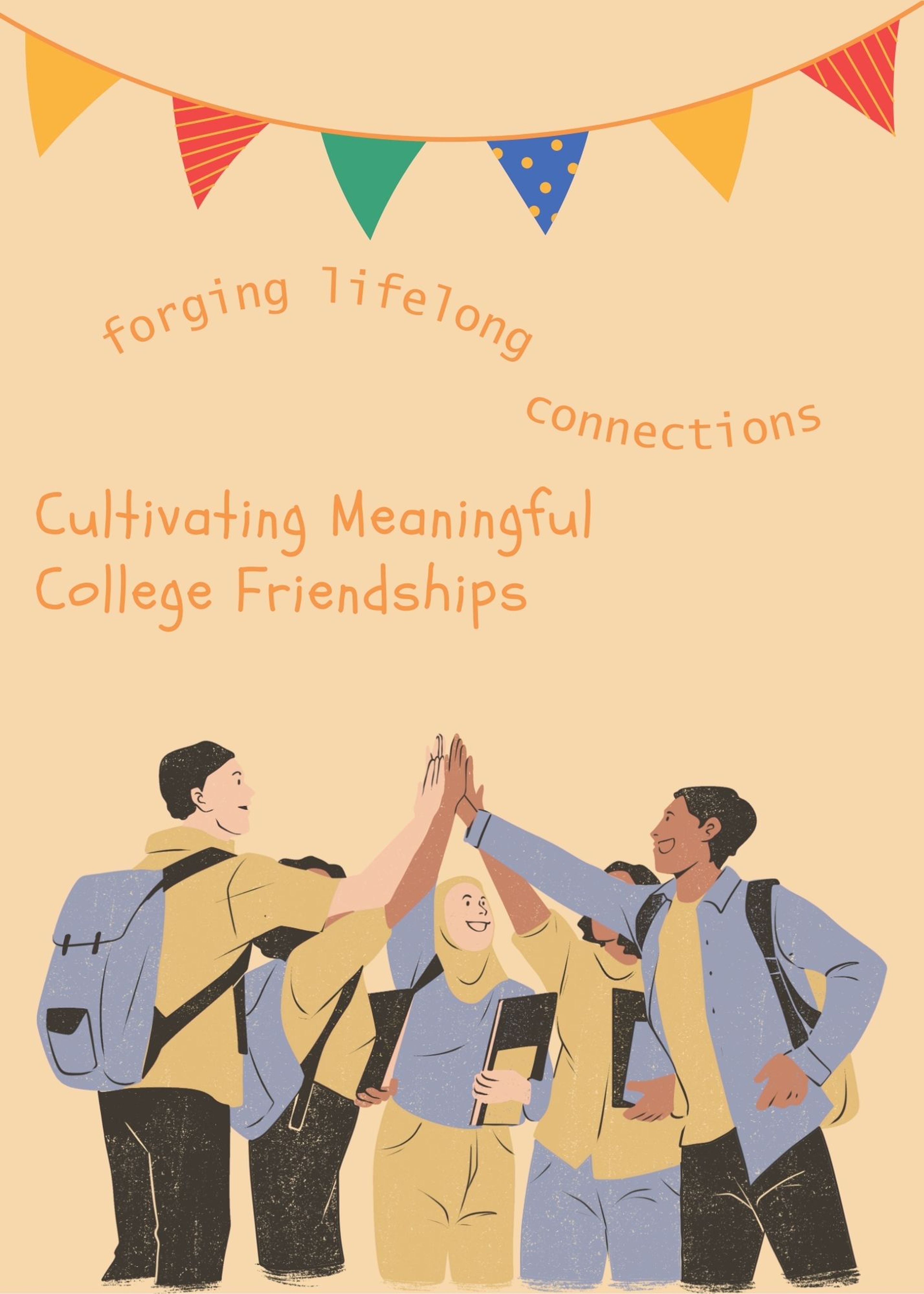Having the ability to communicate is something that most people take for granted. Every day people wake up, and without even having to think about it, are able to speak and listen to others around them.
That is not the case for all people across the country. In fact, according to the American Speech-Language-Hearing Association (ASHA), one in twelve children ages 3-17 deal with a disorder related to voice, speech, or language. On top of that, another 9.4 million adults have reported having a disorder within the same area.
However, over the years, awareness and understanding of these disorders have evolved, and many of the individuals dealing with these disorders have been able to receive treatment. One of the places that offers help is on campus and is carried out by the faculty and students of the Communication Disorders department.
The majority of students going through the program all share a common goal of becoming a speech pathologist one day. Whether they aspire to work with children or the elderly they all must go through the same challenges to achieve their goal.
Before these students get out into the real world, they must first complete their undergrad and then complete 400 hours of experience to apply for their license. Students begin working towards these hours from day one on campus. They receive 25 hours as an undergrad through observations and another 375 hours in clinical experience once they enter the graduate program.
At Southeast, there are 41 students who have been accepted into the graduate program: 23 first-year students and 18 second-year students. These students work in the state-of-the-art Center for Speech and Hearing located on campus. Graduate students get to work hands-on with patients of all ages who deal with a variety of different communication disorders.
Clinic coordinator Sarah Sargent is in charge of managing the clinical experience for the department's students. She said clinics are the most important part of a student’s education.
“The students have the opportunity to have their own clients. They do lesson plans, treatment plans and oftentimes they also do diagnostics. They’ll evaluate the client’s for speech or language disorders and then they’ll create goals and carry out that treatment plan,” Sargent said. “This is a way for them to really hone their skills and gain hours that they need to apply for their license.”
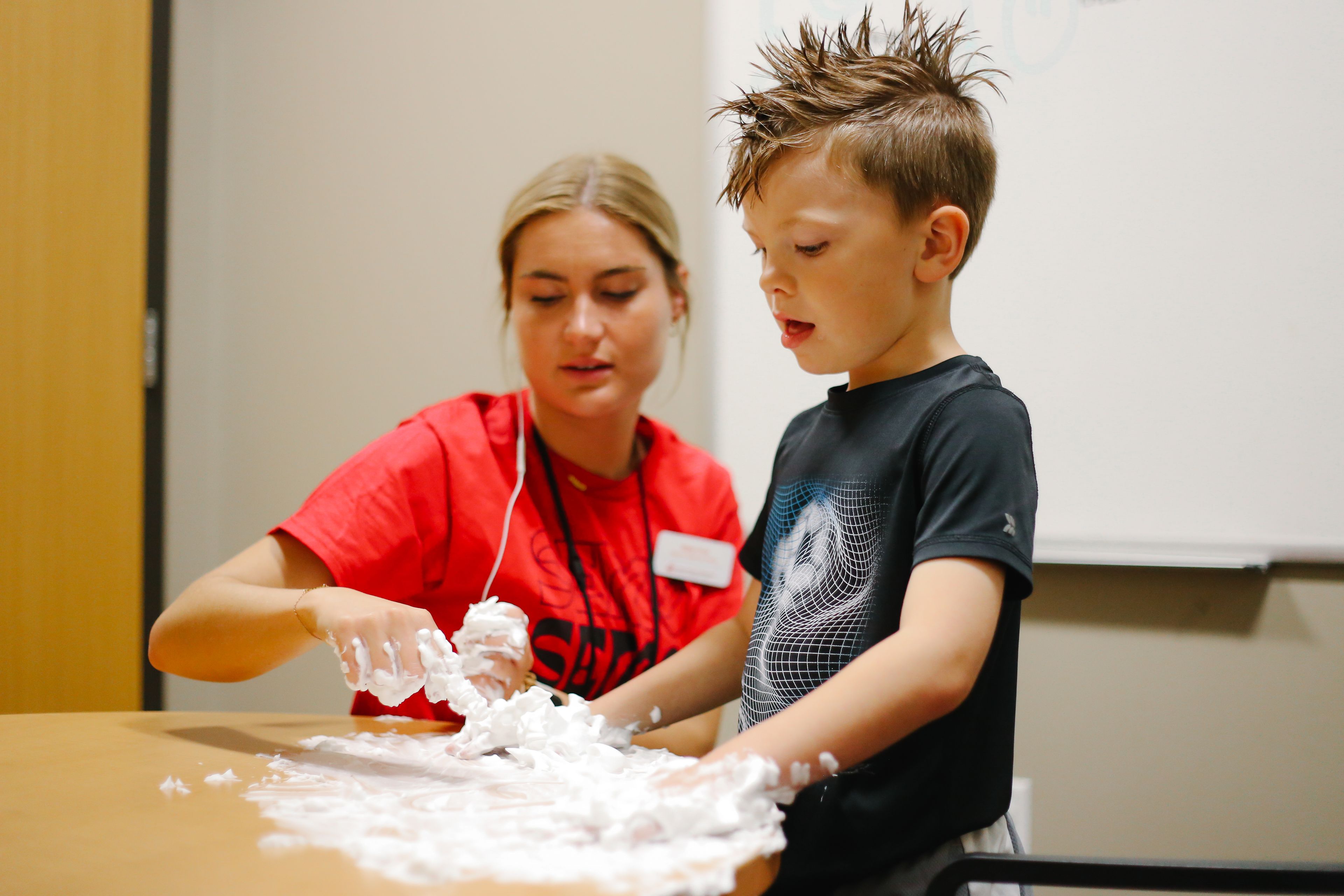
“I’d say one of the big things is how rewarding the field actually is. A lot of us get to see actual results with our clients and that’s one of those things where it’s like ‘wow, I did that,” Ernst says.
Although there has been increased awareness about communication disorders, there is still a certain stigma that hangs around people who are affected by a disorder.
Former clinic coordinator and now instructor and clinical educator Amy Herren has been working in the communication disorders department for seven years at SEMO.
Herren understands that there is still a stigma surrounding her field and that is also something that the department is working on eliminating. She says the biggest way to counteract this stigma is to simply be kind to others.
“I think the important thing is just to be kind. When you see someone who is struggling to communicate, be patient, be kind and just remember that words matter,” Herren said.
To find out more information about communication disorders and how to help make a difference, you can visit ASHA.org.
